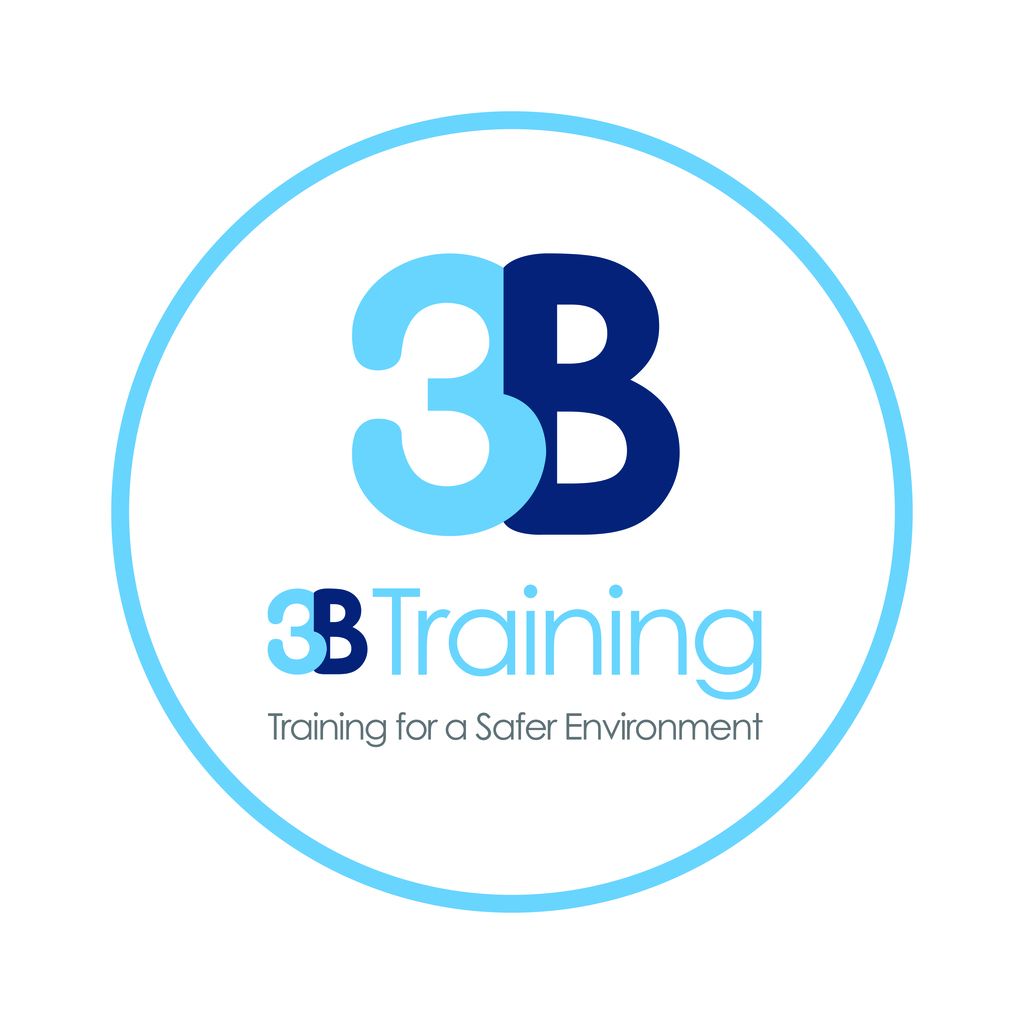
Kelly Rose
Editor

Kelly Rose
Editor
Incorrect manual handling can be very dangerous and can be prevented if you are trained properly.
Incorrect manual handling can happen in almost any company. Those in manufacturing, construction, agriculture and retail are likely to be in situations in which they are lifting heavy loads and are therefore prone to injury.
Any task where a person has to lift, push or pull an object, person or animal is deemed as manual handling. As an employer you must ensure that your employees work in line with the limitations when manual handling.
The most common injuries that are likely to emerge are musculoskeletal disorders or MSD’s. MSD’s cover a wide range of injuries of the upper and lower back. Any sort of injury of the joints and tissue fit into this category. The injuries are provoked by carrying heavy loads or carrying them awkwardly or in an untrained manner. Lifting after an injury or repetitive strain on a joint can also cause an MSD. Injuries from manual lifting refer to MSD’s that occur to the arms, legs and the joints around them.
How do I avoid manual handling injuries?
It’s recommended avoiding possibly dangerous manual handling as much as possible. As an employer, you can work to change the process of possibly harmful tasks to reduce the chance of an injury. By automating a process or by operating a machine as an alternative you may have a solution to avoid manual handling.
If it is not possible to complete the task without manual handling, ensure that you make an acceptable assessment of the risks of the task. Alternatively try and lower the amount of manual handling in the task as much as feasibly possible. Maybe introduce the use of hoists or trolleys.
Manual Handling courses with 3B Training are available in Manchester, Sheffield, Liverpool and Bolton. The course can also be delivered at a venue of your choosing.
The training consists of a three hour session and will cover how to develop your manual handling skills. The course gives you the knowledge to understand the risks of manual handling. You will also learn how to produce a risk assessment and how to ensure control measures are implemented.
